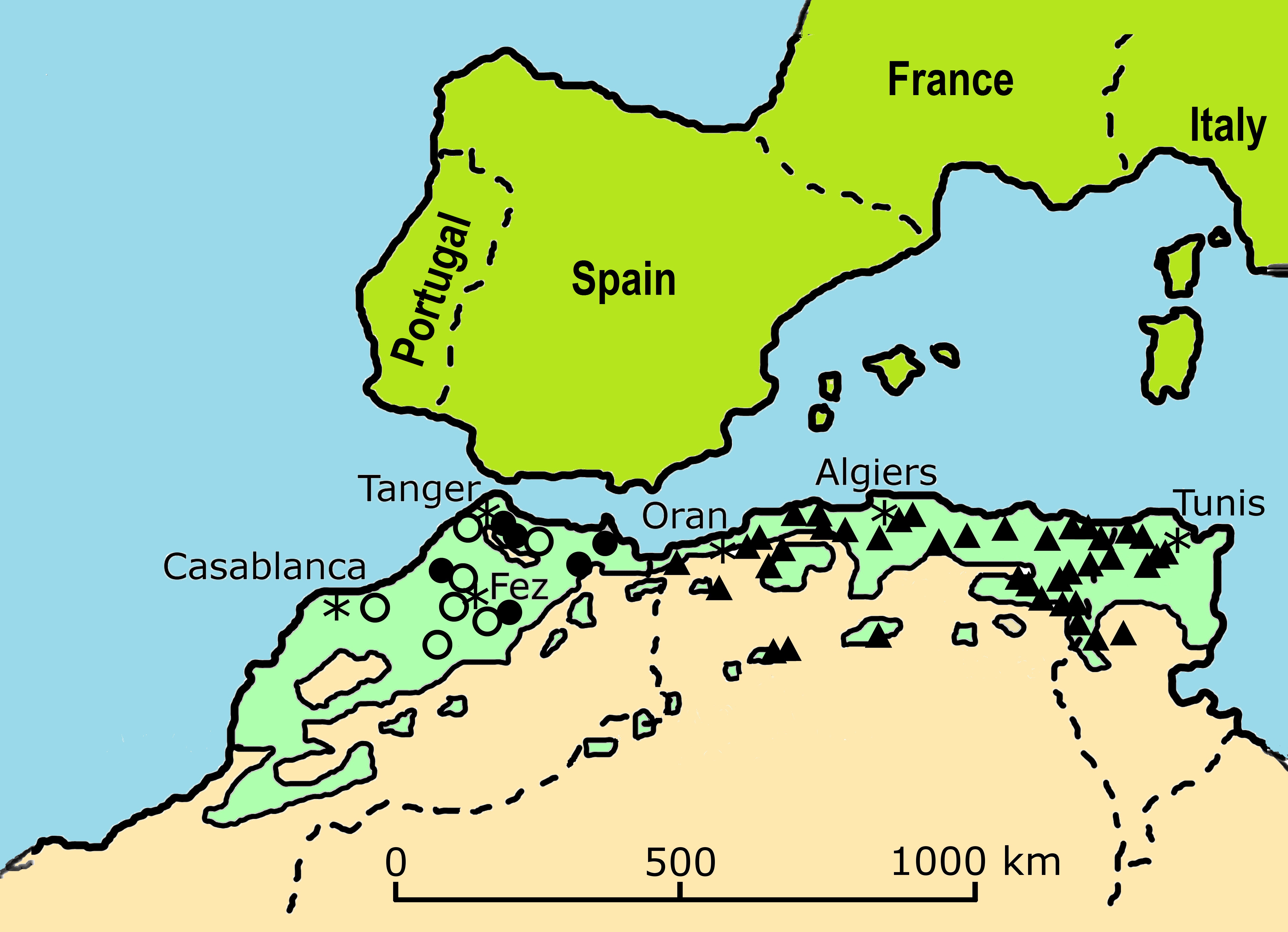

The deepest point of the Mediterranean Sea is the Calypso Deep, with a depth of 5,267 meters it is half the size of the Challenger Deep in the Pacific Ocean which is the deepest point of the earth. The water volume of the Mediterranean Sea is about 3,750,000 cubic kilometers.To the ancient Romans, the Mediterranean Sea was at the middle of the earth. The first word means “middle” and the second word means “earth”. The sea derived its name from the ancient Romans who called the sea “mediterraneus” derived from two Latin words “medius” and “Terra”.The countries with coastlines on the Mediterranean Sea are Egypt, Spain, Albania, Algeria, Bosnia and Herzegovina, Croatia, Cyprus, France, Greece, Israel, Italy, Lebanon, Libya, Malta, Morocco, Monaco, Montenegro, Slovenia, Syria, Tunisia, and Turkey. It is connected to the Atlantic Ocean by a narrow passage called the Strait of Gibraltar. It is a body of water that separates the continents of Europe, Africa, and Asia.

Among the large bodies of water that cover the earth is the Mediterranean Sea. In 2017, the species was listed in both Appendix I and Appendix II of CMS.About 70 percent of the Earth’s surface is covered by water. However, it is clear that it would greatly benefit from better protection in the Mediterranean Sea, and from better regional and international co-operation to preserve the populations that remain in the Mediterranean Sea and in Western Africa. Given the extreme population declines that the species has suffered, current population and migratory status is difficult to determine. It has suffered severe declines and regional extirpation throughout its former range, mainly due to overfishing for locally consumed meat. The species is considered by IUCN as one of the most endangered fish species in the Mediterranean Sea. The global population was assessed by IUCN in 2007 and the Mediterranean Sea population was evaluated again in 2016 in both cases the species was classified as Endangered. In addition, the species is aplacental viviparous, producing live young with embryonic nutrition coming from a yolk sac, with apparent supplementary nutrition during gestation from uterine secretions. Moreover, occurring in shallow waters in the intertidal zone to waters of up to 180 metres in depth, the Common Guitarfish is a bottom-dwelling species that consumes a variety of macrobenthic organisms such as crustaceans, fishes, and molluscs. This predictable migration pattern enables fishers to target adults during this critical phase of the species' life cycle. Many species of Common Guitarfish exhibit a pattern of movement based on their reproductive cycle, as they aggregate seasonally, with females visiting relatively quiet shallow waters for parturition. The dorsal surface of the species ranges from greenish brown to reddish brown with faint bluish-grey longitudinal stripes and markings. Rostral ridges are widely spaced over their length and anterior nasal flaps moderately developed. Two upright dorsal fins are separated with the first located well behind the rear tips of the pelvic fin. This species is distinguished by the presence of slightly enlarged pectoral fins with the anterior edge of the pectoral fin attached to the side of the head, wedge shaped disc, pointed triangular snout, and a dorsoventrally flattened body. The Mediterranean Sea population of the Common Guitarfish ( Rhinobatos rhinobatos) is a cartilaginous fish belonging to the elasmobranchs, Family Rhinobatidae and is endemic to the Mediterranean Sea and the eastern Atlantic Ocean.


 0 kommentar(er)
0 kommentar(er)
